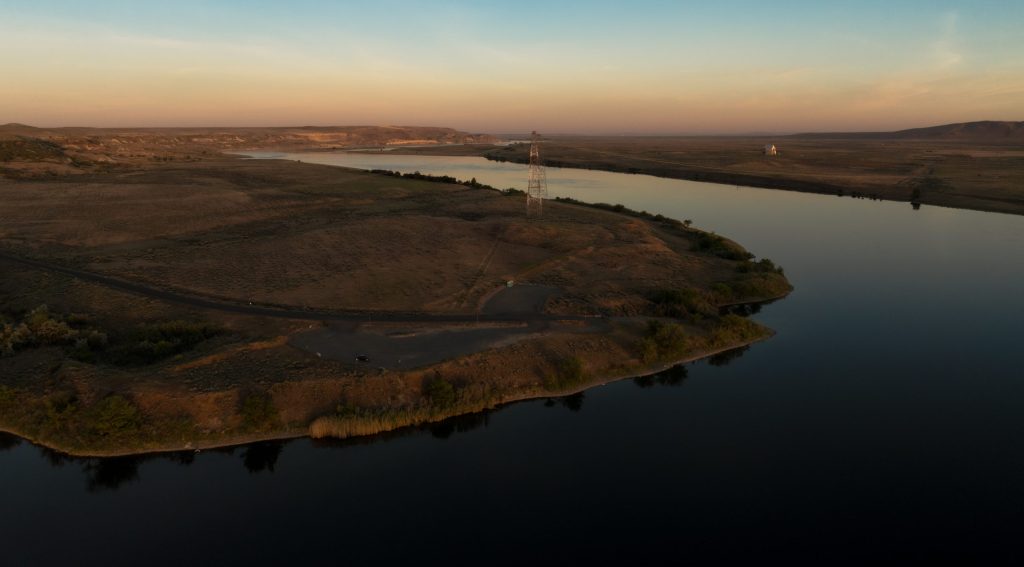Tribes and Indigenous people shape the Columbia River basin’s past, present, and future
Columbia Riverkeeper works in solidarity with many Tribal Nations.
Learn about the rich, diverse cultures of Columbia Basin Indigenous people, as well as their sovereignty and governments, in their own words.

How We Work With Tribes
Want to learn more about our approach to working in solidarity with Tribes? This webinar explores Tribal sovereignty and how nonprofits can incorporate practices that honor and uplift sovereignty.
The Columbia River Inter-Tribal Fish Commission’s (CRITFC)
CRITFC provides in-depth information on the four Columbia Plateau treaty tribes: the Nez Perce Tribe, the Confederated Tribes of the Umatilla Indian Reservation, the Confederated Tribes of Warm Springs, and the Confederated Tribes and Bands of the Yakama Nation.
The Upper Columbia United Tribes (UCUT)
UCUT’s website explains how the Coeur d’Alene Tribe, the Confederated Tribes of the Colville Reservation, the Kalispel Tribe of Indians, the Kootenai Tribe of Idaho, and the Spokane Tribe of Indians are promoting fish, water, wildlife, diverse habitat, and Indian culture in the Northwest.
Affiliated Tribes of Northwest Indians (ATNI)
ATNI represents 57 tribal governments in Oregon, Washington, Idaho, Northern California, Southeast Alaska, and Western Montana. ATNI is an organization composed of the people it is meant to serve—the Indian peoples.

